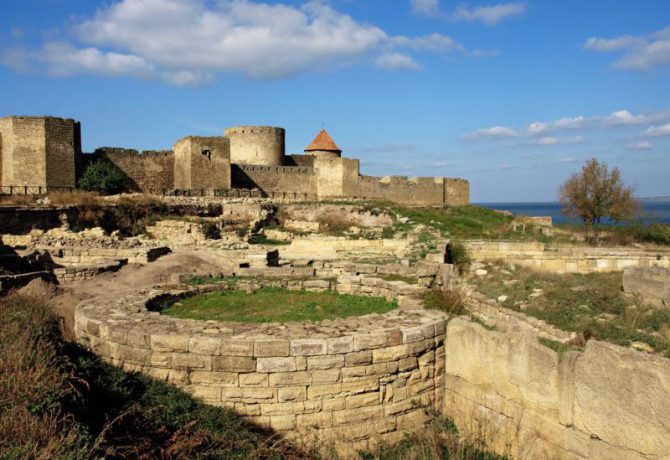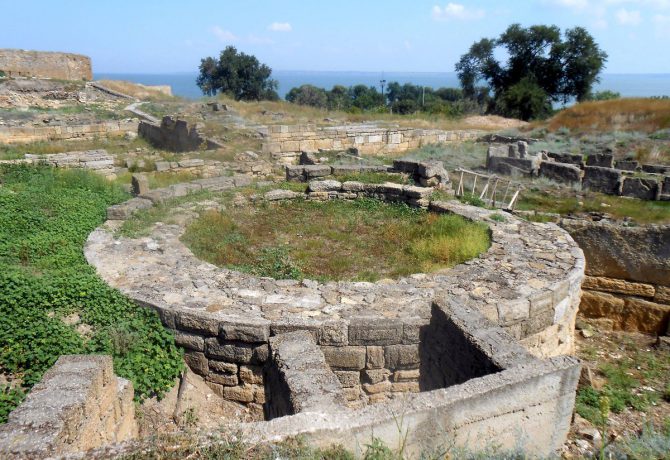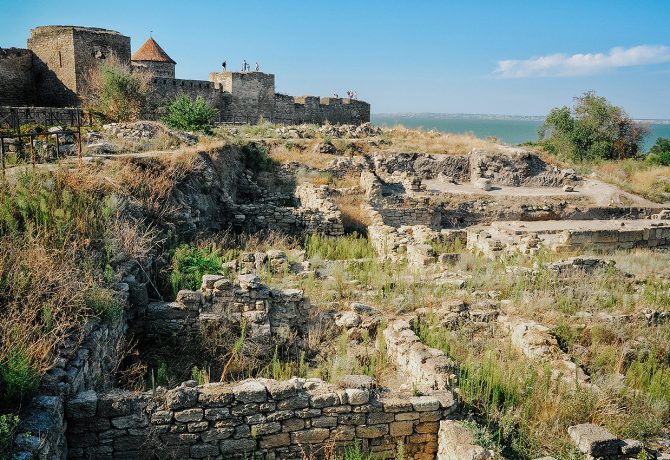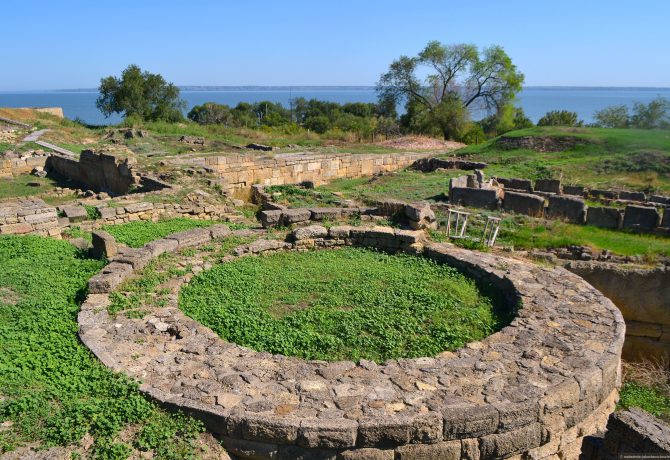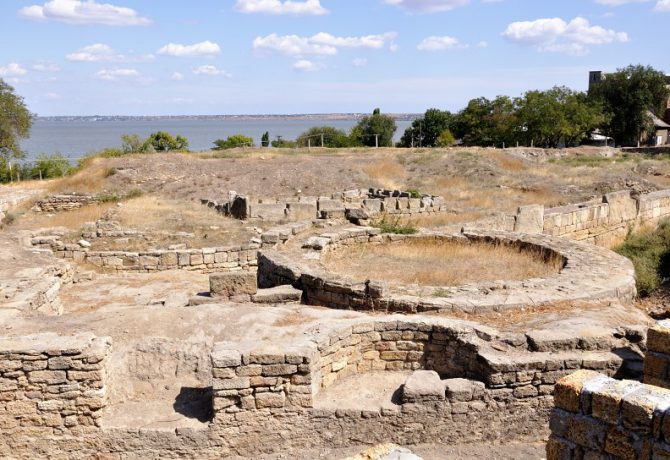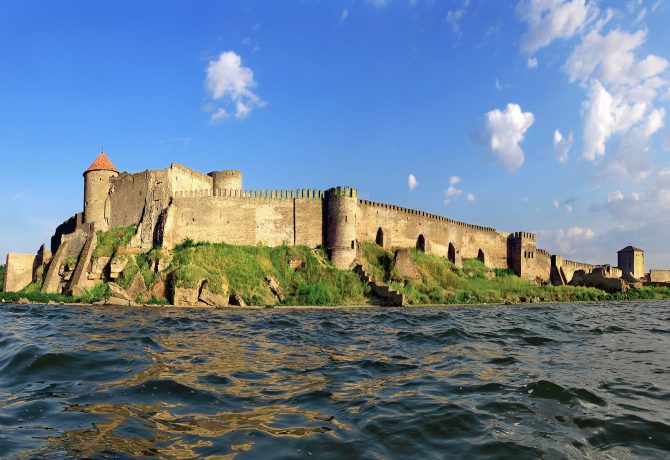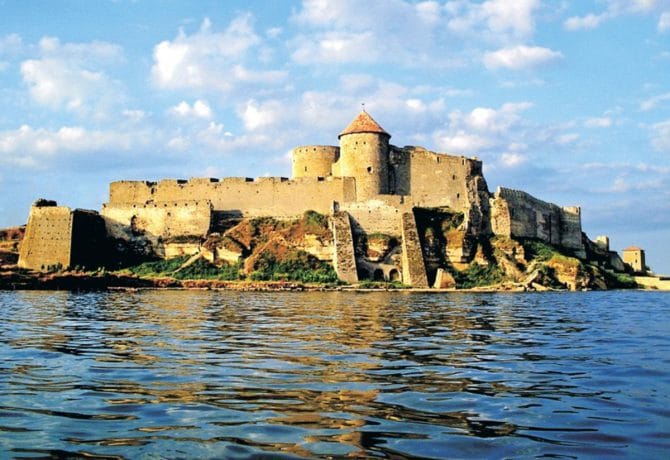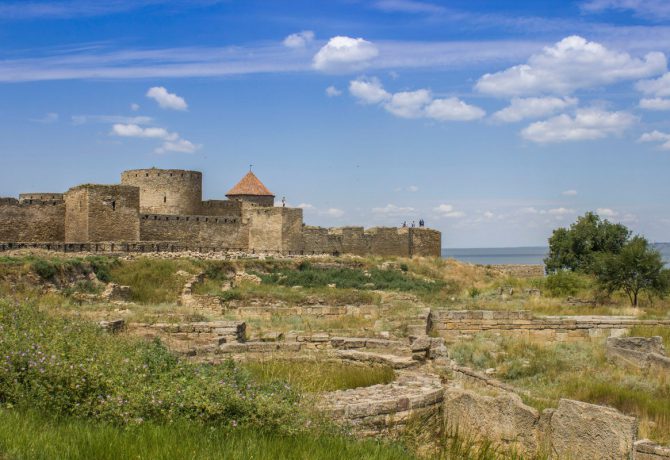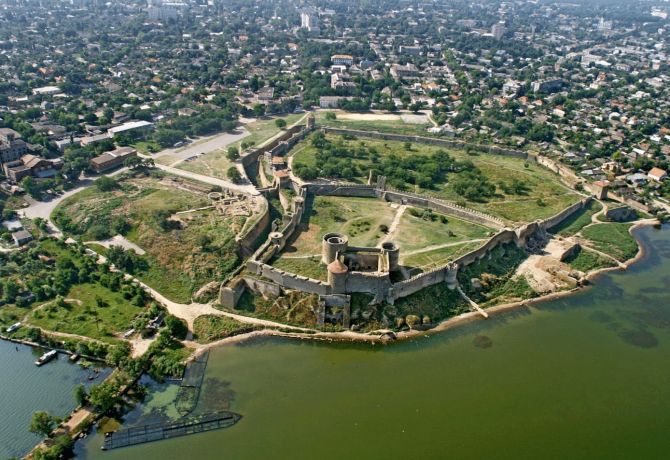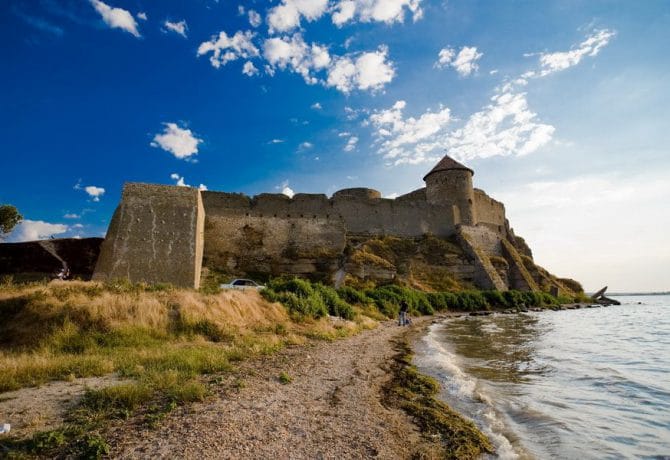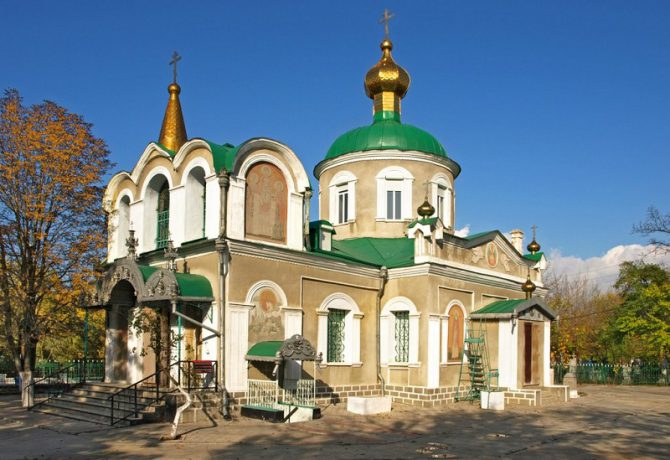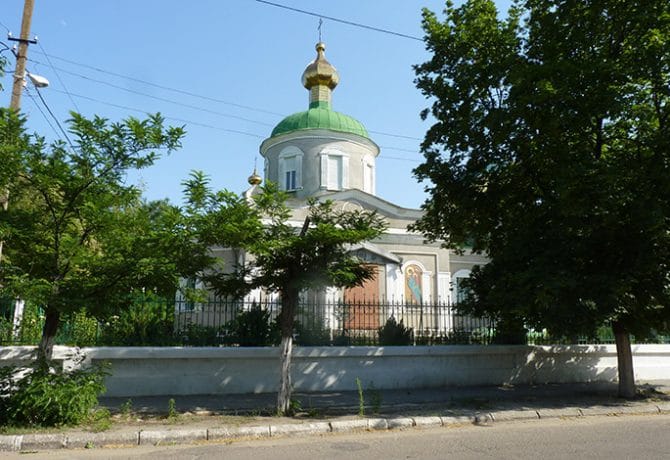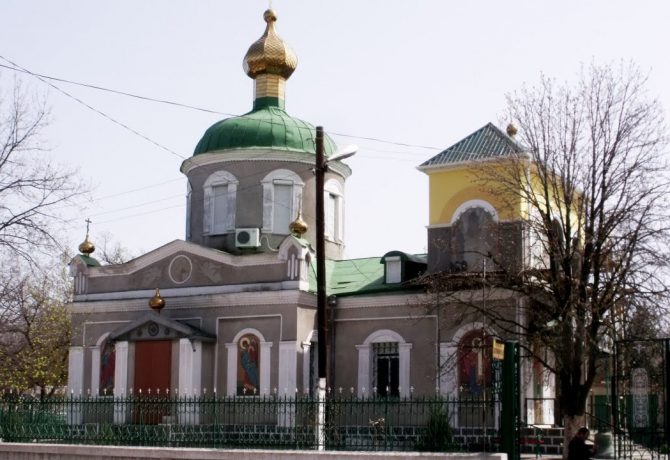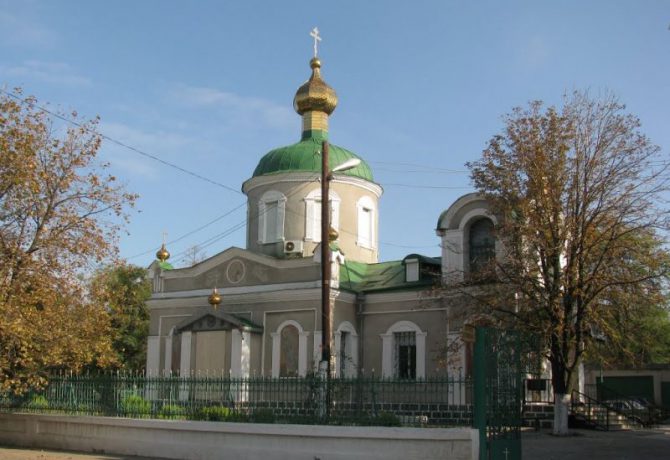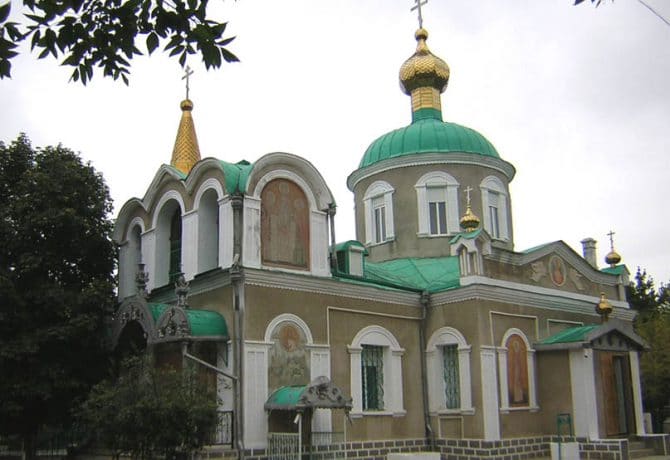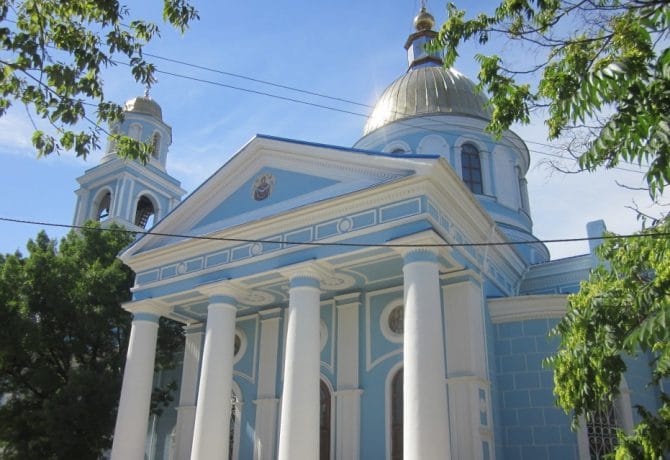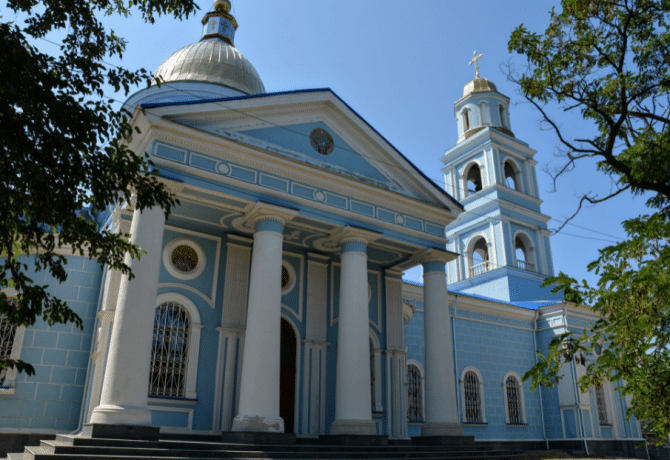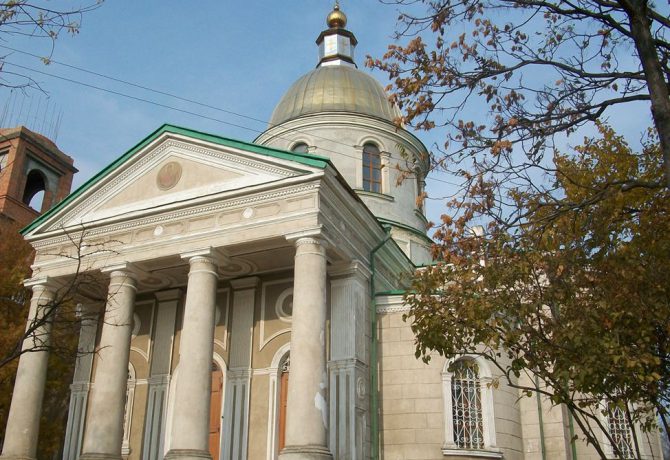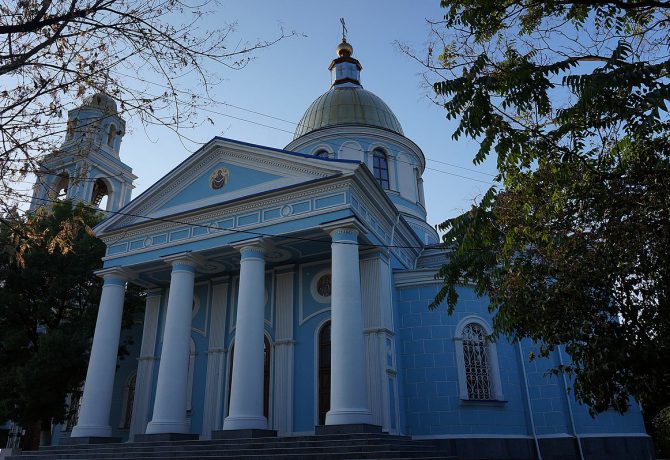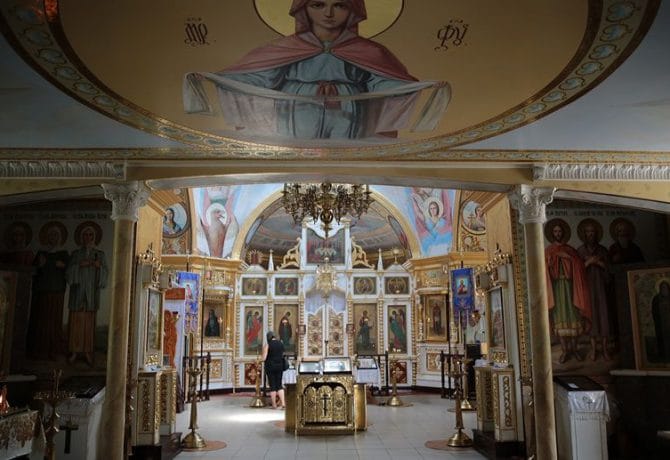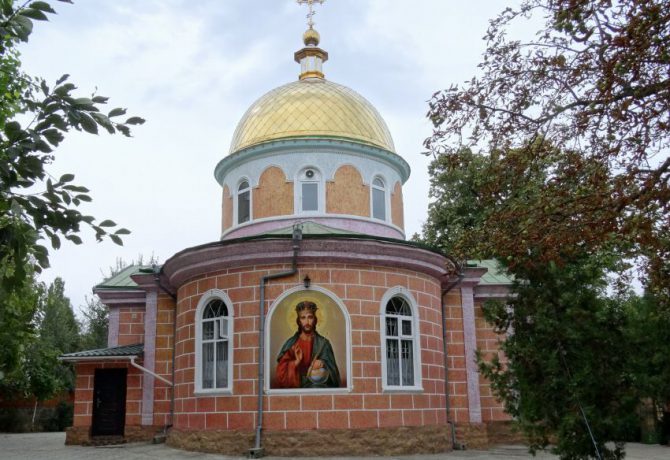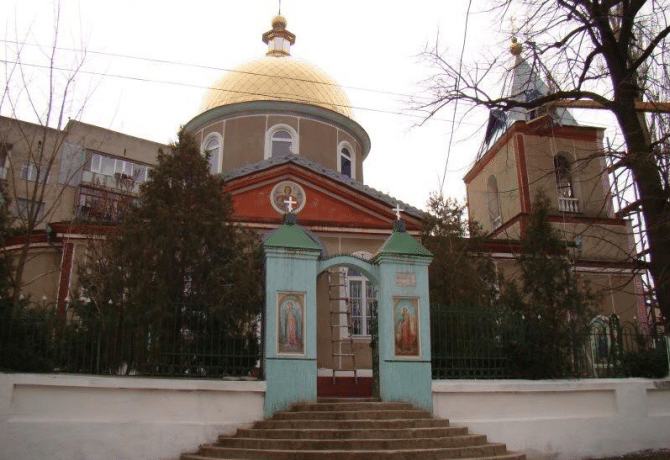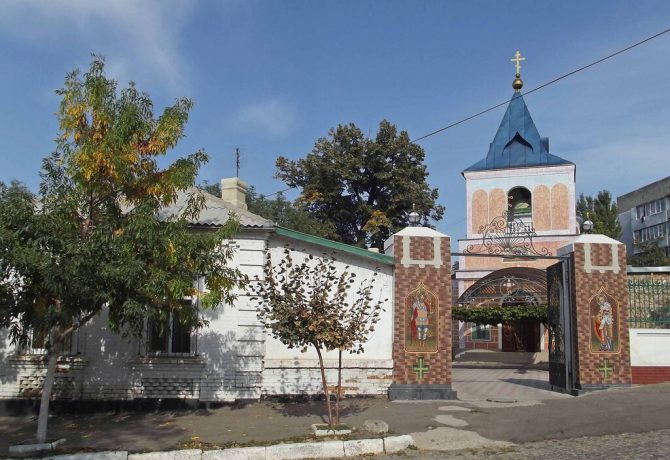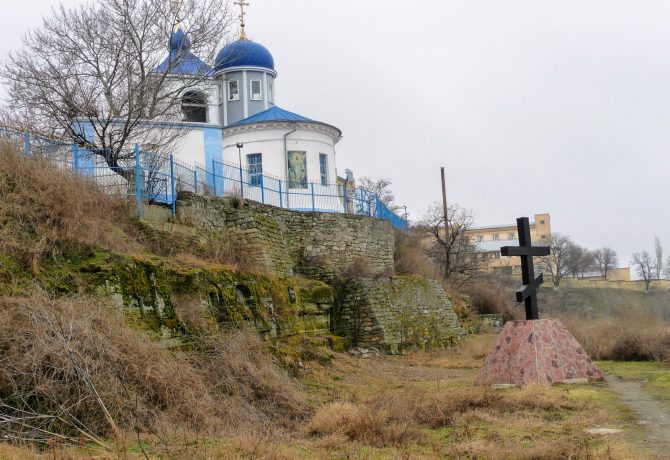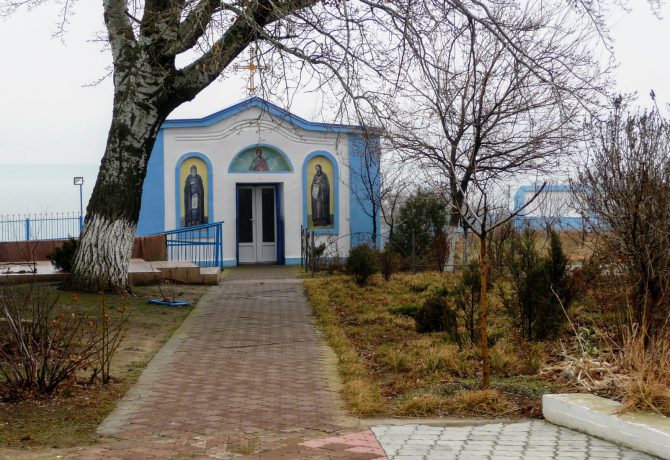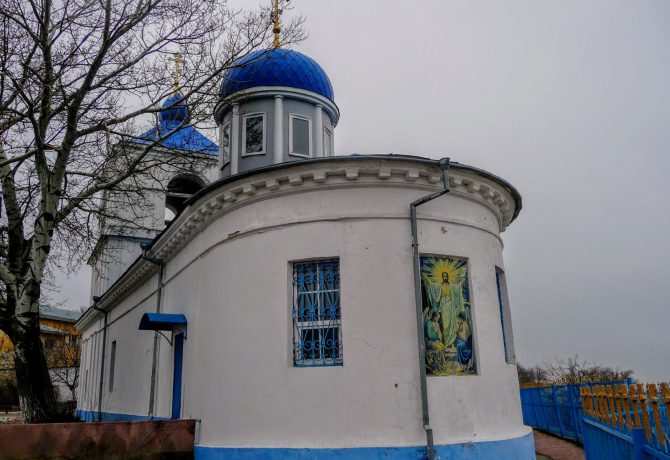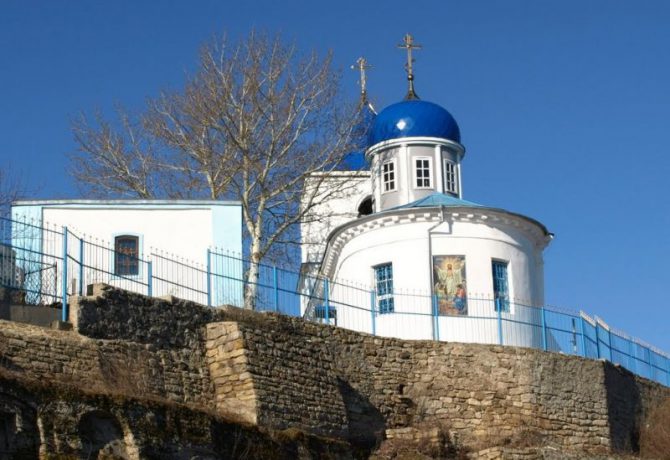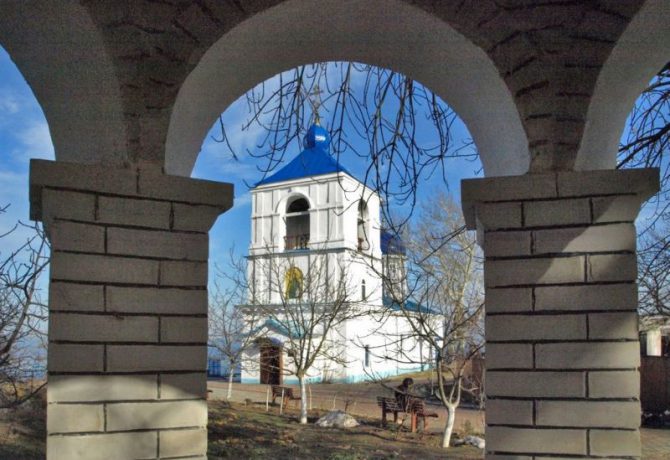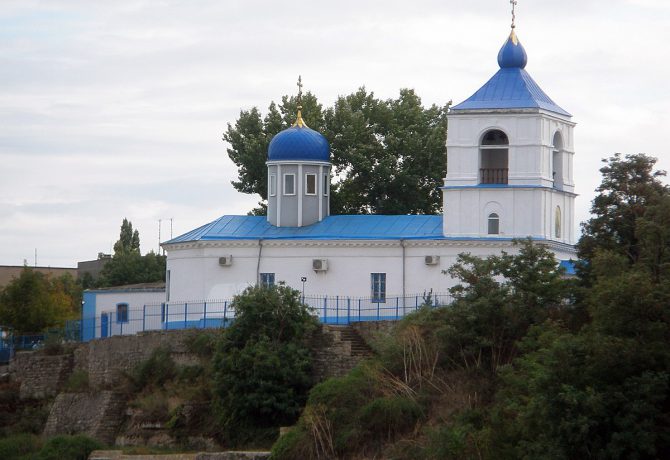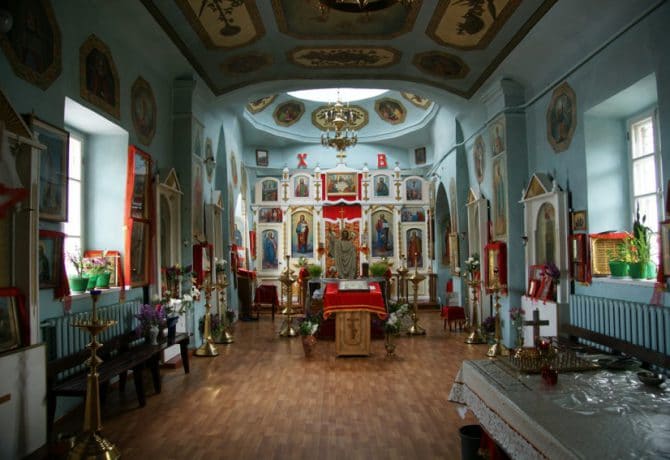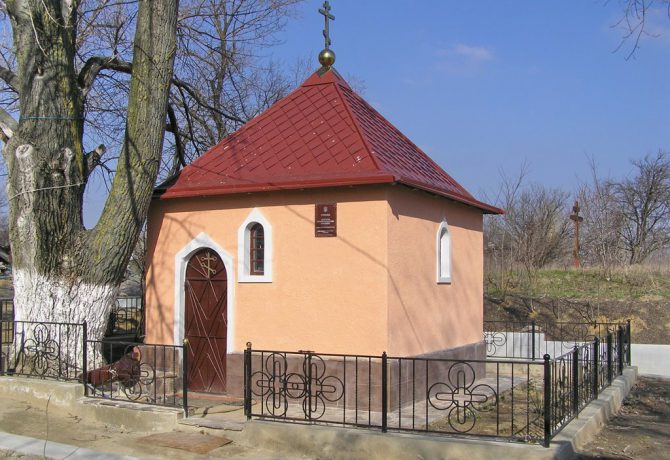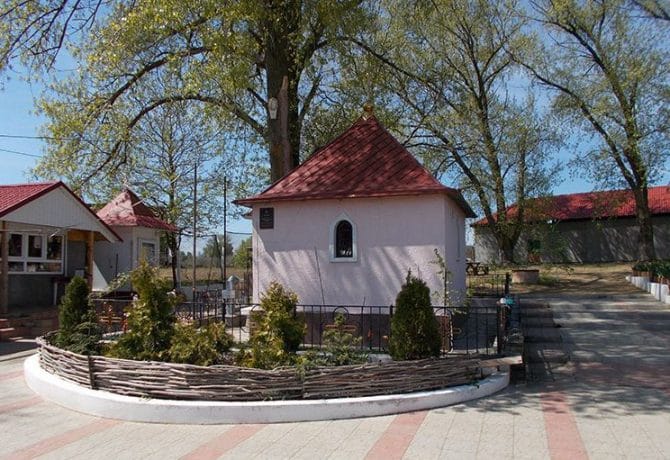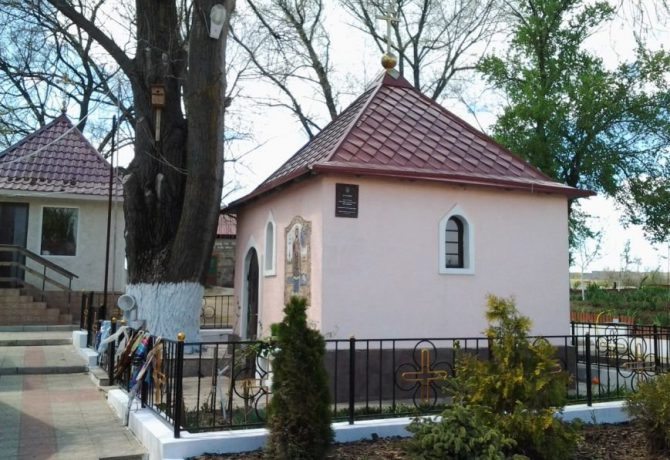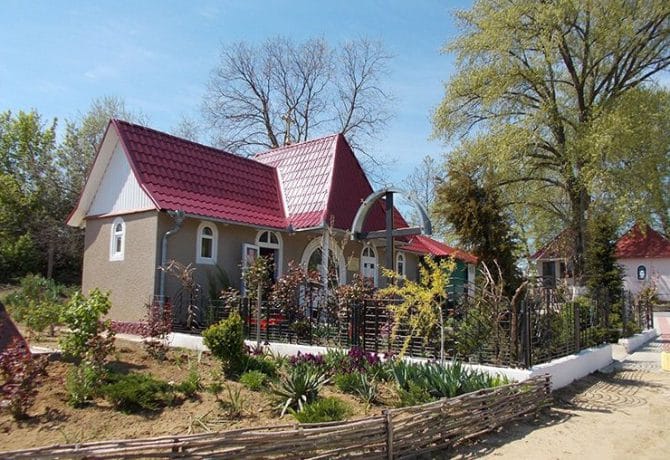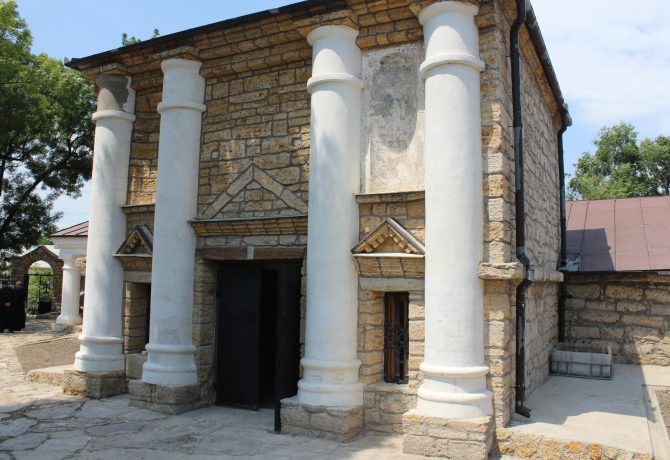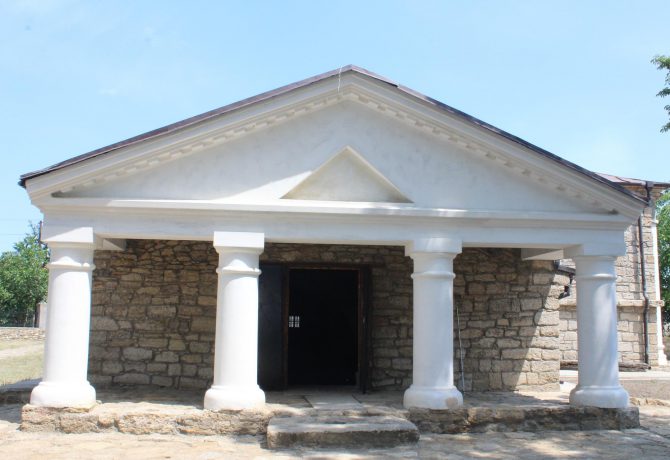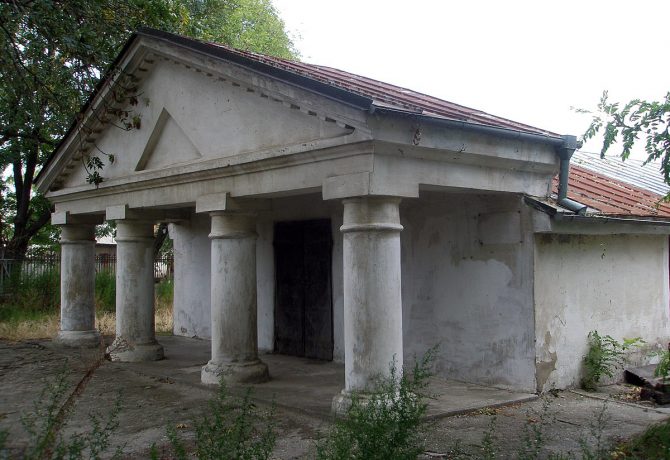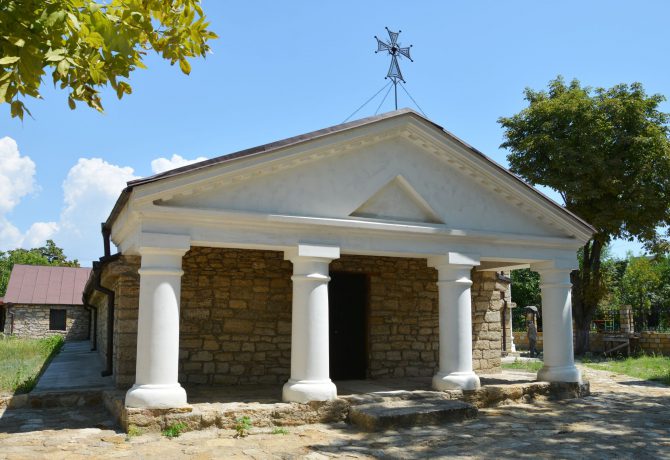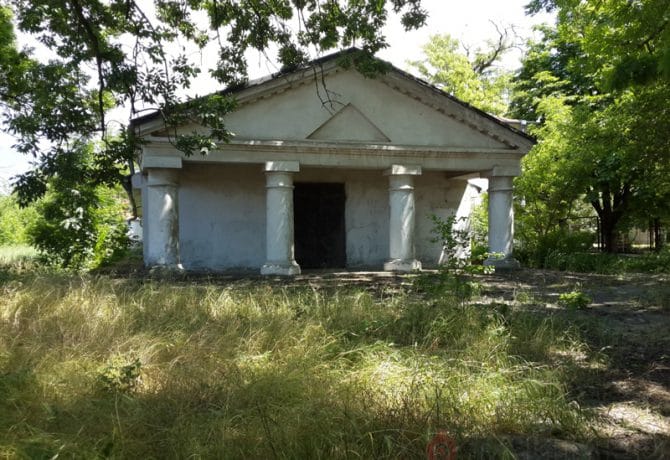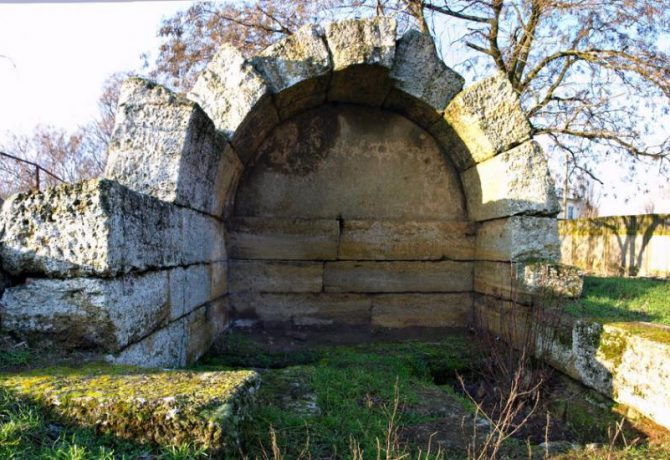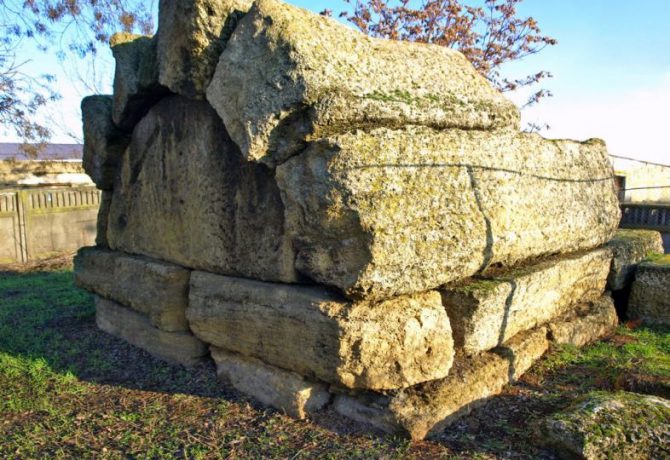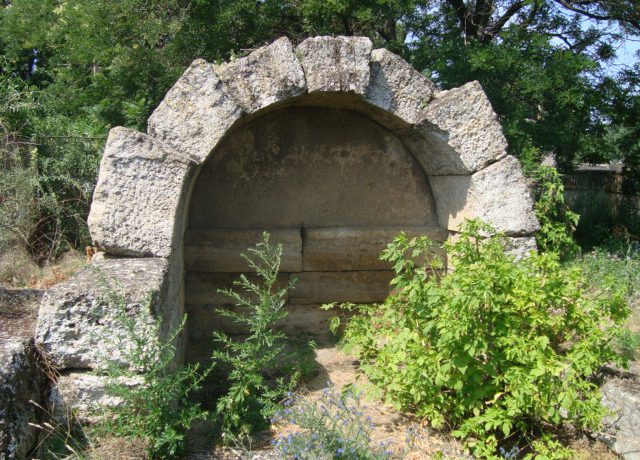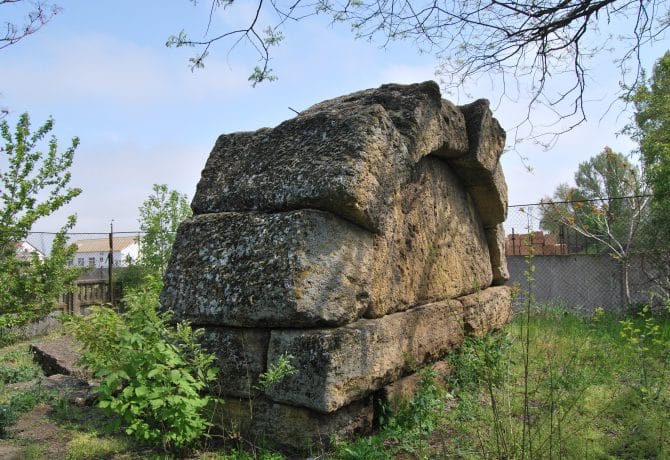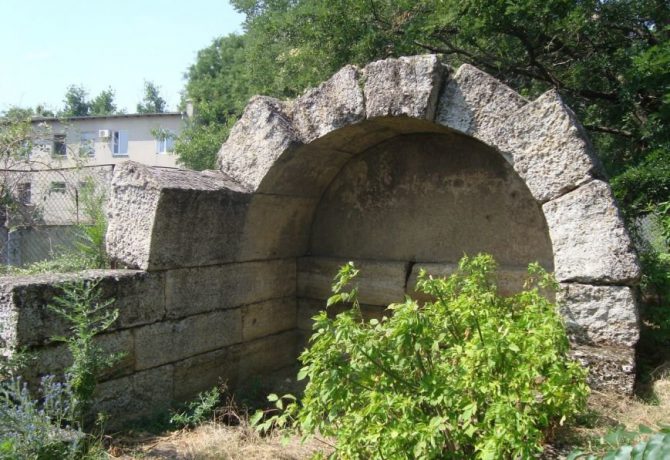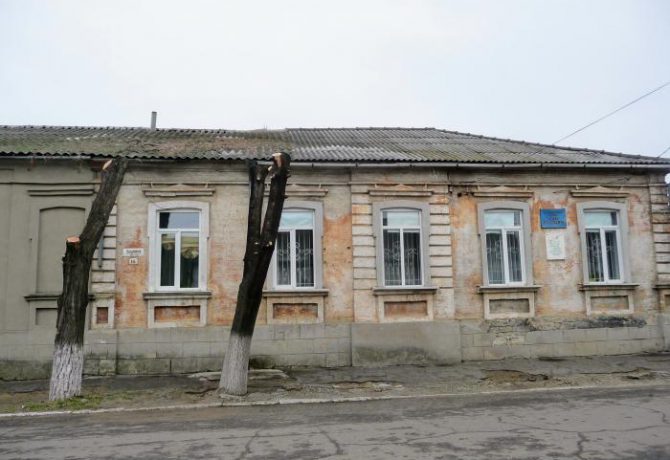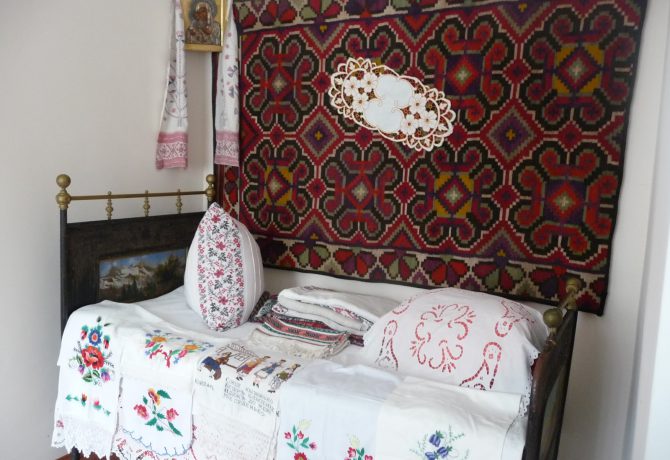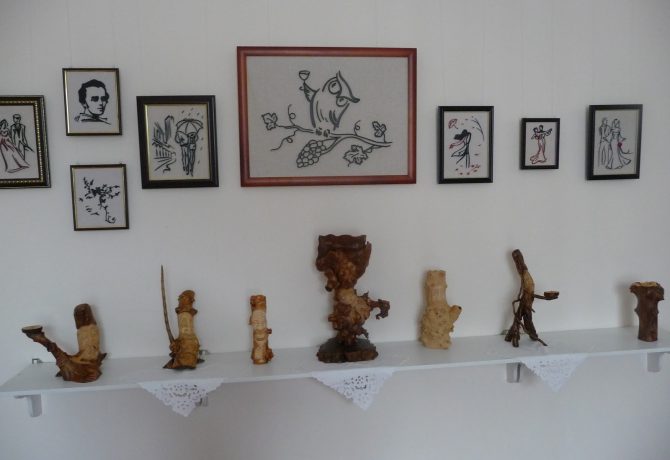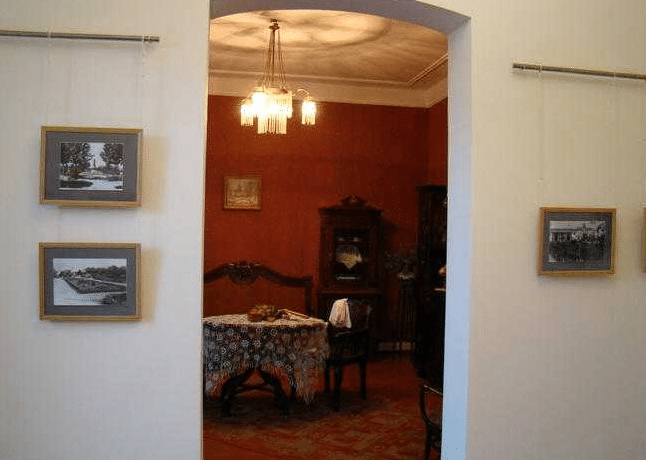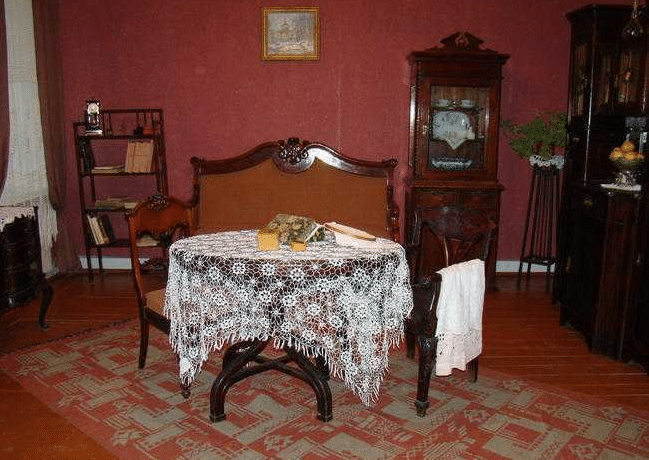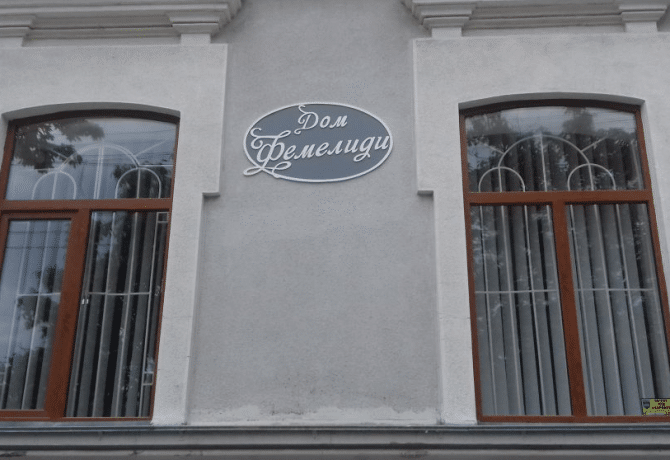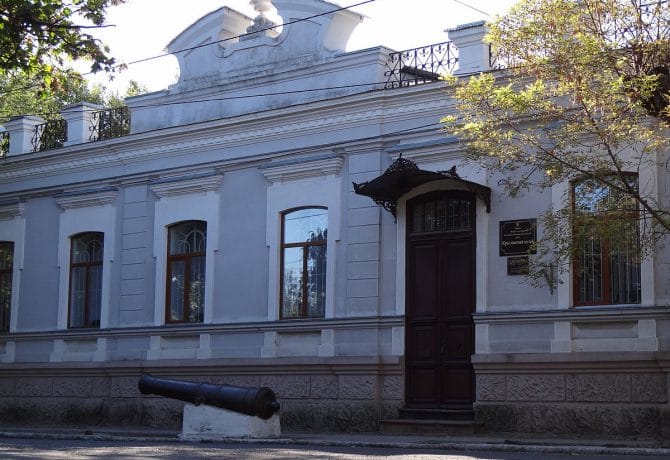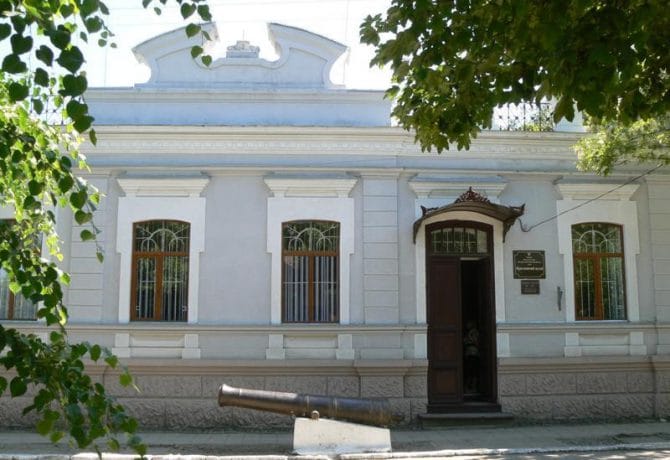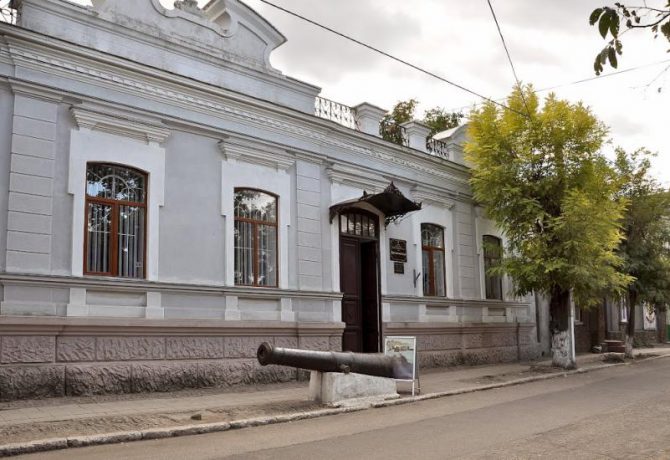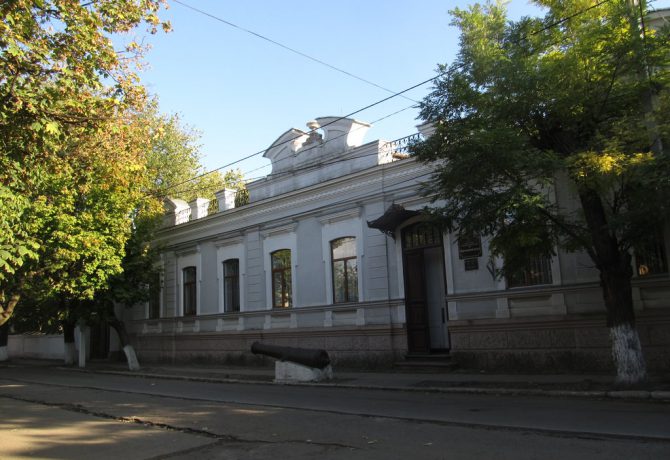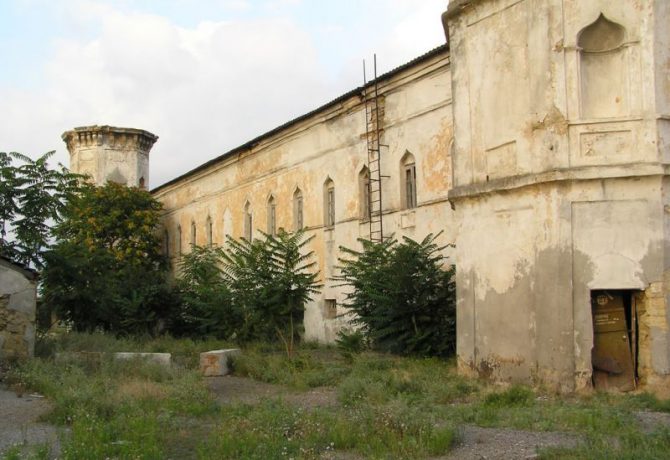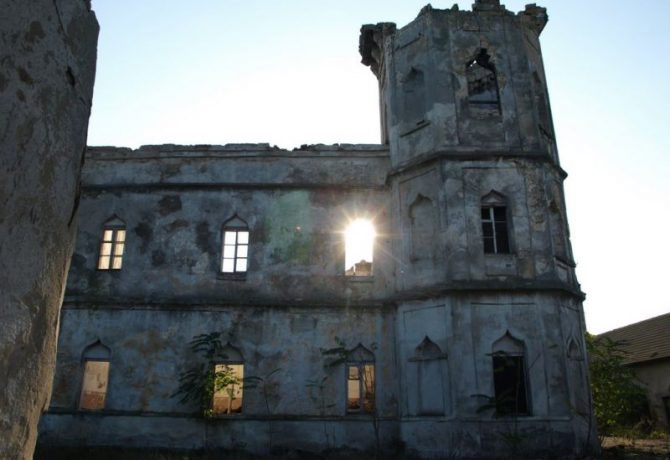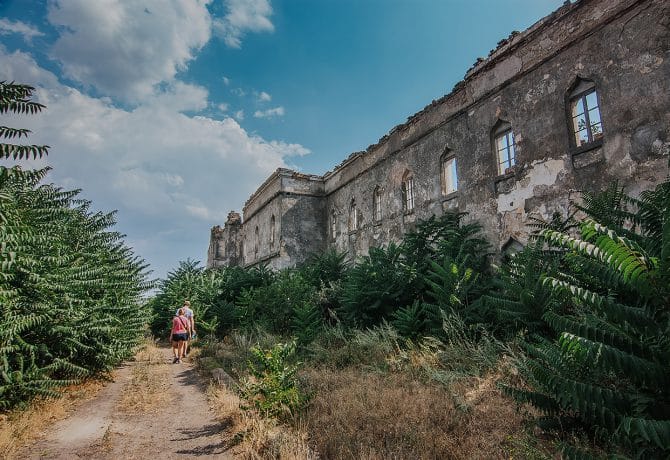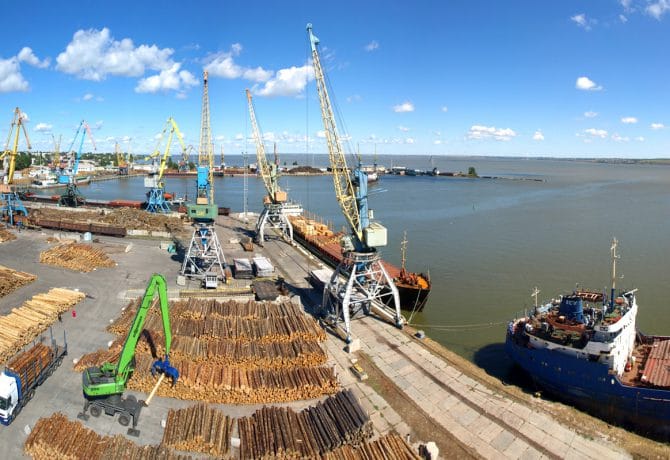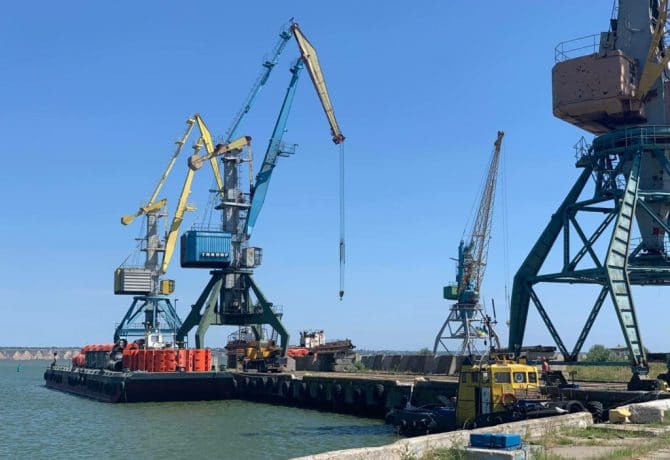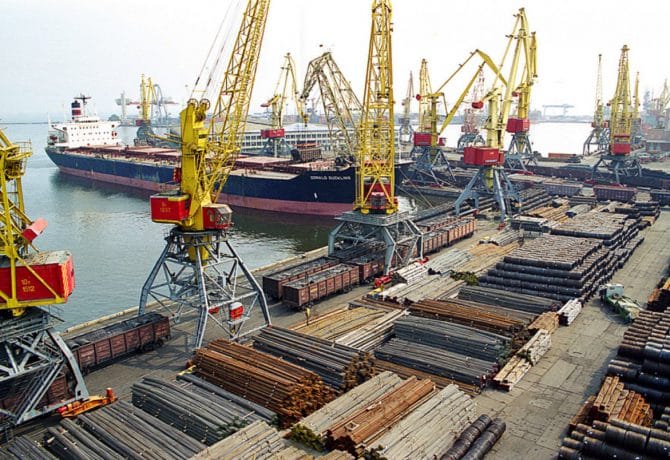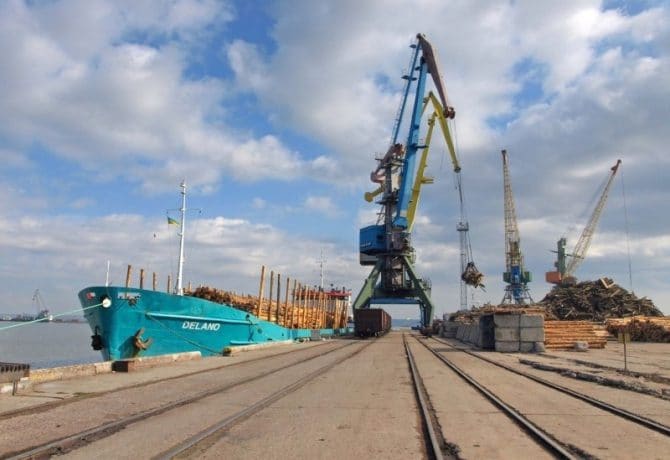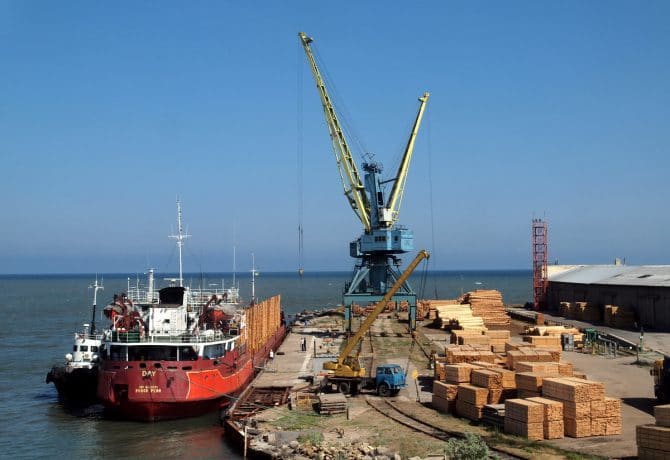For 2500 years of its existence, the city on the estuary has changed as many names as the owners. The Greeks called it first Ophius (“full of snakes”), then – Tyra, from the then name of the Dniester – Tiras. The following names of the city in different languages were reduced to “White Fortress” or “White City”: Greek, Latin, Hungarian, German, Romanian, Turkish, Tatar. In 1944, the city returned the forgotten Slavic name Belgorod with the application Dniester.
The Dniester is one of the three longest rivers in Ukraine (1362 km), and the estuary, which it forms at the confluence with the Black Sea, is also one of the largest (40 x 12 km). The word “estuary” comes from the ancient Greek language and means “wide, shallow bay”. The first port city appeared on the shore of the estuary protected from sea storms in ancient times.
- 1 Gold of Tyre
- 2 Akkerman Fortress
- 3 St. Nicholas Church
- 4 Ascension Cathedral
- 5 St. George’s Church
- 6 Church of St. John the Baptist
- 7 Chapel of St. John of Suceava
- 8 Armenian Church
- 9 Scythian tomb
- 10 House of merchant Popov
- 11 Mansion of merchant Femilidi
- 12 Alexander Barracks
- 13 Commercial Port
- 14 Attractions Belgorod-Dnestrovsky on map
Gold of Tyre
Traces of the ancient city were discovered in 1900 by the director of the Odessa Museum of History and Antiquities, Prof. Ernst Stern. He established that this is the Tyre mentioned in ancient sources. After that, Romanian, Russian and Ukrainian archaeologists diligently dug here. The finds are kept in the Odessa Archaeological and Belgorod-Dniester Museums of Local Lore, in the Institute of Archaeology in Kiev. And the open remains of stone structures and streets can be seen even in the open air – it is only necessary to visit the Ackerman fortress.
The territory of Tyra partially goes under the walls of the fortress and the development of adjacent streets. Part is lost due to the erosion of the shore by the estuary. And yet scientists have compiled a picture of the ancient Greek city. It was built up with several terraces. The Acropolis occupied a comfortable and protected place – it was there that the fortress later appeared. On the site of the modern pier was a harbor where sailboats were waiting to be sent to Greece with a cargo of wheat, skins, honey, wax, fish, cattle and slaves. But in Thira arrived amphorae with wine and oil, valuable fabrics, jewelry, weapons, expensive utensils.
In this city-state, laws were passed by the people’s assembly and introduced by a college of elders. From the middle of the IV century BC in the whole lower Subnestrovie only in Tyre minted coins – first silver, and then gold. Prosperity was cut short by the crushing invasion of the Getae in the middle of the I century BC.
Soon a new city grew up on these Greek ruins – already Roman. To protect it, a stone citadel appeared, the remains of which are still visible in the excavation. The streets of the city paved with stone slabs had gutters-gutters. In the courtyards of the houses there were stone cisterns for collecting water.
The state structure of Tyra – the ancient city self-government – has generally been preserved. Empire city served as an outpost against the barbarians who came from the East, and at the same time gave a good profit. Therefore, the inhabitants of Tyra were granted significant privileges – the right of duty-free trade and Roman citizenship.
In the 40s of the III century, Tyra was destroyed by the Goths. And after that, a whole millennium in the history of the region remains a white spot. Some researchers claim that the Slavic city of Belgorod arose here, from which in the X century the legendary Prince Oleg went to Byzantium, others – that the Geto-Daks lived here. The issue has not been removed from the agenda of historical science, but it is known that in 1241 the settlement was captured by the Tatars and made the capital of the Nogai Horde. Their rulers contributed to the creation of Italian trading estates – one of them arose here, on the estuary. The city became a major port of the Republic of Genoa. And at the end of the XIV century. he passed into the Moldavian possession. By that time, the citadel already existed in the city, which marked the beginning of the future fortress.
Akkerman Fortress
The fortress in Belgorod-Dniester is a complex system of fortifications that was formed over six centuries. The polygon of the walls is divided by internal defensive walls into Civil, Economic and Garrison courtyards.
In the Garrison yard is the core of the fortress, its oldest part – the citadel, which is attributed to the end of the XIII – the first half of the XIV century. In 1400, the city became the main port of the Moldavian principality, and in the 1440s – the capital of Lower Moldova with the name Cetatea Alba, “White Fortress”. It was then that the largest construction continued, as a result of which a giant fortress arose on the shore of the estuary. Of the 34 rectangular, polygonal and round towers, 26 have survived to this day. In those days, the fortress was divided into three courtyards. The sole of the outer wall reached the bottom of the defensive ditch with a depth of 20 m. the Bottom was almost three meters below the level of the estuary, and in case of danger, the moat was quickly filled with water.
In 1484, before that, the impregnable fortress was captured by the Turks. Cetatya Alba became Ackerman and became a stronghold of Islam for 300 years. His detailed description was left in his “Book of Travels” (XVII century) by the famous Turkish traveler Evliya Çelebi. One of the sections he called: “Glorification of the fortress Ackerman”.
The Turks were not lazy to build a fortress, even invited French engineers. Of the individual buildings of that time, a minaret from the mosque erected on the foundation of a Christian temple has been preserved. But the Port Yard with walls, water barbican and hammam bath came to us in ruins.
Ackerman tried to attack on their seagulls desperate Cossacks – Severin Nalyvayko, Ivan Sulima, Semyon Paliy, Ivan Sirko. But they could not overcome the fortress-colossus. Gregory Loboda managed to break into the estuary, storm the walls of the fortress and get inside – but it was impossible to keep it with such small forces.
Ackerman’s fate was changed by three Russo-Turkish wars. The Russians occupied it twice – in 1770 and 1789, but both times they gave it under peace agreements. And in 1806, the corps under the leadership of Duke de Richelieu entered Ackerman, and since then the Turks have not returned. In 1812, Bessarabia was annexed to Russia. Two decades later, the fortress was canceled as unnecessary. Since then, it has been reckoned with at best, and at worst – tried to disassemble for building materials. But it was more difficult to extract stone from strong walls than from natural rocks. At the end of the XIX in the abandoned fortress was transferred to the Odessa Society of History and Antiquities, after which its romanticization began. Among the interested visitors were Pushkin (one of the towers was named after him) and Miscavige – both recalled Ackerman in their works.
In Soviet times, the fortress was given the status of an architectural monument, restored it and arranged a museum in it. Even earlier, Belgorod-Dniester drew the attention of filmmakers who filmed sea battles here. The fortress got into the films “Admiral Ushakov”, “Ships storm the bastions”, “Othello”, “Dear Price”, “Captain Nemo”, “Youth of Peter”, “Musketeers: 20 years later” …
Now it is a popular tourist site. It hosts the youth music festival “Fortetsya”, the historical fencing tournament “Steel League” and the festival of historical reconstruction “Akkerman Challenge”. But most often in the fortress there is silence.
Multinational temples
Usually tourists are limited to visiting the fortress. And in vain, because among the urban development there are many attractions and interesting places. They are located in groups over a large area, but the distance between them can be walked in 20 minutes.
St. Nicholas Church
In the south-western part of Belgorod there are three churches of the XIX century In the cemetery – Nikolaevskaya, built in 1867, which once operated a shelter with a hospital.
Ascension Cathedral
Closer to the center, on a hill, is the Ascension Cathedral. The Russians defiantly built it on the site of an old Turkish cemetery in the first years after the annexation of Bessarabia. The temple was decorated in the spirit of classicism, a 40-meter bell tower was erected.
St. George’s Church
And nearby stands the Bulgarian Church of St. St. George, built in 1840
Church of St. John the Baptist
Another group of monuments is located along the estuary. Church of St. St. John the Baptist is a former Greek temple, built at the turn of the XV-XVI centuries. on the foundations of an older church. A three-tiered bell tower with a hipped top was appointed by the Russians.
Chapel of St. John of Suceava
Nearby stands the chapel of St. Catherine. John of Suceava. The churchyard breaks down a steep coastal slope, from here you can see the estuary. On the side below is the pier, where a pleasure boat is moored at the rusty frame of the ship.
Armenian Church
A few meters from the Greek church you need to find a square, behind the fence of which you can see two attractions. One is a strange squat building with a “flattened” classical portico. It came from the XIX century, but the building that was “decorated” with it is an Armenian church of the early XVI century. Before the threshold, according to Armenian tradition, the floor is paved with gravestones – it is believed that only when the inscriptions of them are erased under the feet of believers, the dead will be forgiven sins. Several carved crosses-khachkars are embedded in the walls. To get inside the temple is unlikely to succeed. Although it was handed over to the church community, it is closed – apparently waiting for repairs.
In Soviet times, a museum of atheism was arranged in the Armenian church, then the base of the archaeological expedition. Therefore, the Sarmatian crypt of the III century BC, found on the outskirts of Belgorod, was moved to the courtyard of the temple. Outwardly, it resembles a house of cards, only made of stone slabs. In front of the crypt there was a sacrificial stone-altar, which was taken to the local history museum.
Scythian tomb
Another crypt under the mog, which is called the Scythian grave, can be found on the edge of the city, near the commercial port. The construction of large limestone slabs, found by Prof. Shtern, the discoverer of ancient Tyra, dates back to the III century BC. – II century AD In the same part of the city you can visit the ancient underground church of St. John of Suceava, built over the spring.
Walk around the city
At the end of the XIX century, Ackerman consisted of the city itself, which occupied a high cape and the shores of the bay, and three posads around it. From the fortress rays diverged streets. “Old Ackerman” is considered the oldest of them, central. Walking here, it is worth paying attention not only to administrative buildings and mansions, but also to ordinary old houses made of sawn shell. They are one-story, elongated and hide a courtyard with fruit trees and grapes. The gates leading to the courtyard often look more solid than the houses themselves. This reminds of the former glory of the port city, where almost every family was engaged in trade. The gates should be high enough for a cart with goods to pass into the arch, and have strong wooden sashes to close at night from thieves.
House of merchant Popov
In the house of the rich Ackerman merchant of the II guild Christopher Popov (after his son Leon, who became a revolutionary, the street running along the estuary is named) contains the ethnographic department of the local history museum. One of the five halls is decorated as the living room of a rich philistine. Separate halls are dedicated to archival photographs of old Ackerman and a collection of Bessarabian towels.
Mansion of merchant Femilidi
The museum of local lore itself occupies the former mansion of the Greek merchant Femilidi, the mayor of Ackerman. Among the valuable exhibits are a marble sculpture of a bull of the IV century BC, a glass cup of provincial-Roman culture, materials from the burial ground of the Chernyakhov culture, Turkish art ceramics, coins of Tyre and medieval coins, a collection of weapons of the XVII-XX centuries.
Alexander Barracks
Evil fate befell a very original monument of Belgorod – Alexander barracks. A unified approach to these structures will be found on the territory of an abandoned military unit, in the rear of multi-storey buildings. The condition of the buildings is poor. In 1828-1838, two-story barracks were built in the oriental style – with “Moorish” towers and open arcades. One can only wonder why they chose the style of the defeated enemy – after all, everything else in the city was built in an emphatically Russian spirit.
Commercial Port
Already in the XIX century. cargo on the estuary and the Dniester to Bender was transported by a wooden steamer “Dniester”. In 1851, he was joined by the iron steamer “Count Vorontsov”. The modern commercial port, it can be seen from the Alexander barracks, was built in 1970-1975. From the port to the Dniester-Tsaregrad throat (this is the strait by which the estuary connects with the sea) a navigable canal was dug. Ships from the estuary into the sea produces a drawbridge road-railway bridge, laid across the Tsaregrad estuary. Several times a day, the middle part of the bridge rises. However, not everyone such a spectacle seems romantic enough to compensate for the long wait – all traffic across the bridge stops for about 45 minutes until it drops.
But to swim under the bridge – do not dream. At the River Station in Belgorod today is hopelessly empty, everything fell into decay in the 90s of the last century. And once on the Akkerman pier paddle steamer “Turgenev” regularly brought from Odessa vacationers. And that steamer was carried from Odessa through Akkerman to the dacha of two Kataev brothers – the elder Valya and the younger Zhenya. Growing up, the younger took the literary pseudonym Evgeny Petrov and together with Ilya Ilf became famous as the author of the immortal novels “Twelve Chairs” and “Golden Calf”. Valentin Kataev also became a writer and in the story “The Lonely Sail Turns White” outlined his childhood impressions of traveling on a steamer.

